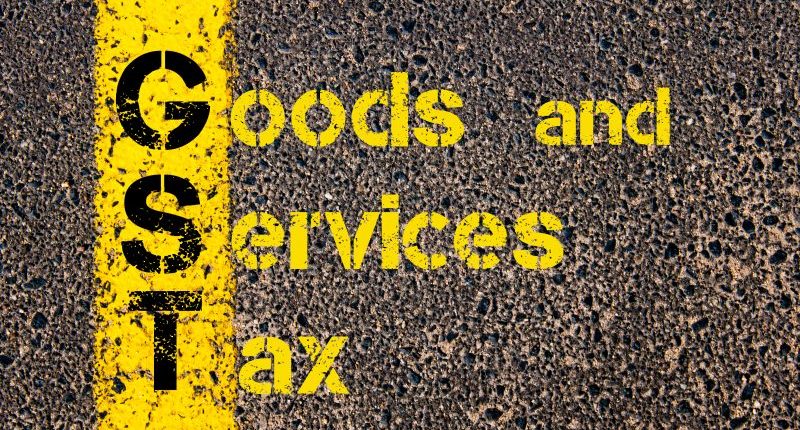The Central Board of Indirect Taxes and Customs (CBIC) Chairman Mr Vivek Johri said that steps taken by the Goods and Services Tax (GST) Council and Central and states tax authorities have doubled the number of regular monthly GST returns filings. Mr Johri explained that the tax goals set out in the budget for FY 2022-23, and the Centre would move the GST Council to bring more clarity on the applicability of GST on cryptocurrency transactions.
He mentioned that the department is internally examining the concept of actionable claims under cryptocurrencies. He also stated that it might take two to three months to get clarity on this after submitting it to the law committee of the Council.
CBIC tried to achieve a better balance between taxpayer facilitation and enforcement. It found that there were many cases where dealers were trying to misuse the Input Tax Credit (ITC) through bogus invoices during 2020.
So, CBIC had to recraft the strategy to deal with fake ITC and simplify the return filing process. CBIC also tried to rationalise the late payment fee so that the charges for filing late returns are not onerous, especially for small taxpayers.
CBIC has conducted outreach programmes apart from administrative measures such as convincing the non-filers and those who have stopped filing to resume return filing. All these have helped improve compliance, which is reflected in a massive improvement in GST collections.
The return filing percentage was around 45-50% a year and a half ago, and now it reached 90%. There are 12.8 million taxpayers in total. Out of them, around 4.8 million taxpayers opted for the Quarterly Return Filing and Monthly Tax Payment (QRMP) scheme, and approximately 1 million taxpayers constitute composition dealers and other types of taxpayers. So, the net figure of 7 million would comprise monthly return filers, and as per the latest statistics, 90% of monthly filers are filing their return regularly.
The changes to the GST law, such as not allowing GSTR-3B filing when a taxpayer did not file GSTR-1, can not be seen as restrictions but as rationalisation measures. In fact, these measures resulted in fake ITC reduction, better tax payments, regular return filing patterns, and ultimately increasing the GST collections.
For any clarifications/feedback on the topic, please contact the writer at dvsr.anjaneyulu@cleartax.in
DVSR Anjaneyulu known as AJ, is a Chartered Accountant by profession. Loves to listening to music & spending time with family and friends.





